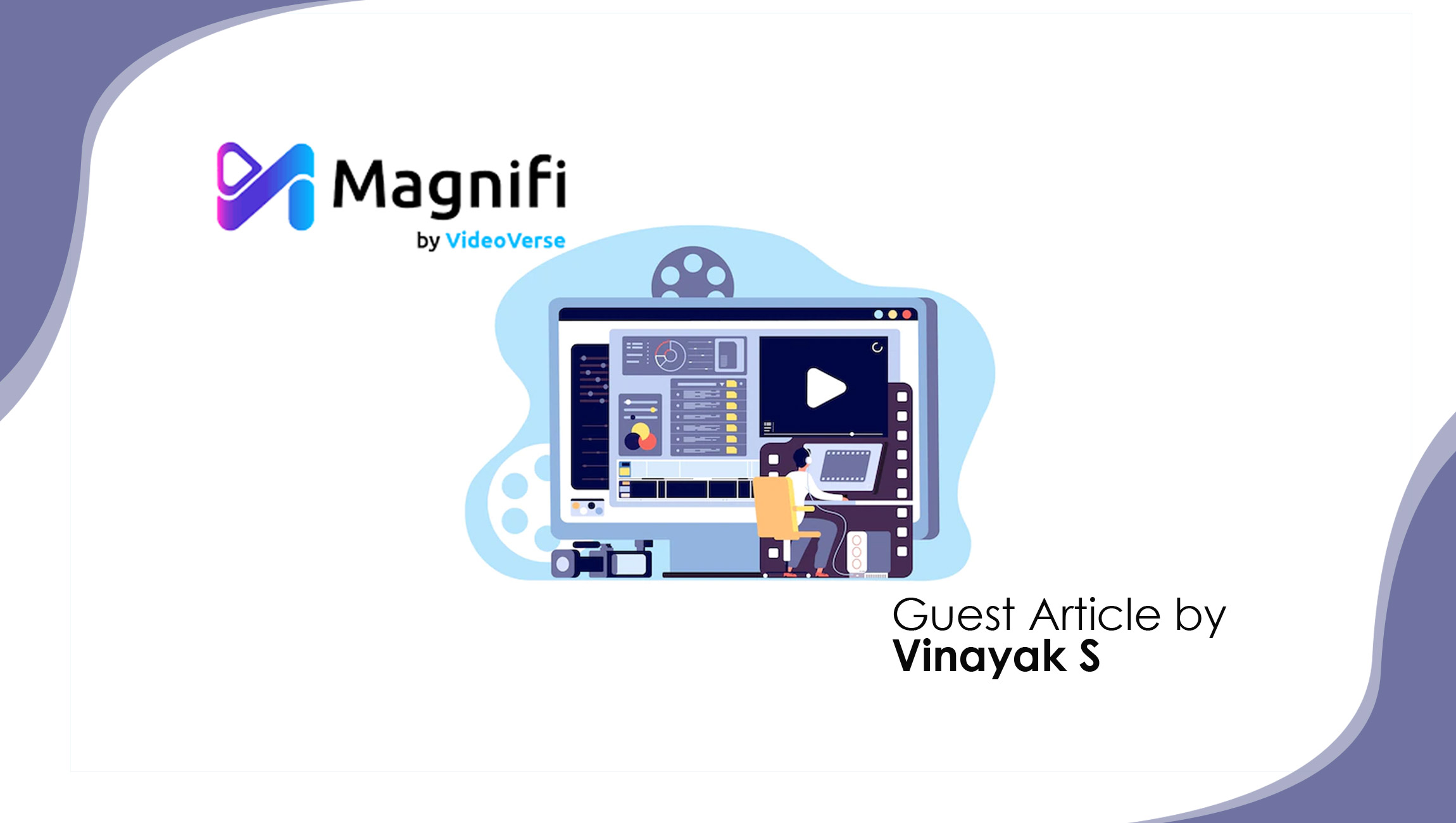Video creation and consumption are rapidly growing, with people watching an average of 19 hours of online video per week in 2022, which is a one-hour increase from 2021 and an astounding eight-and-a-half-hour increase from 2018. Not only are people watching more videos, but they are also viewing shorter ones. Studies have found that people’s attention spans have decreased over the past 15 years; it was 12 seconds in 2000 but has since shrunk to around eight. In fact, a viewer will determine if they will continue watching a video within the first three seconds.
Today, videos are undoubtedly a staple of marketing and sales strategies for enterprises, as over 86% of businesses use video as a marketing tool for conversion and growth. Likewise, individual content creators have emerged as a principal aspect of the gig economy, acting as contractors or building their own brands around their unique videos. Nevertheless, the enormous growth in the demand for short, concise and entertaining videos represents a massive challenge to traditional, manual video creation and editing techniques.
The Challenges of Traditional Video Editing
Video editing, especially for TV series, sports content and news media, is very complex, involving large files, dedicated computing and hours of work. Additionally, manually transforming enormous amounts of raw video into well-refined, short-form content suitable for multiple social platforms is tedious, expensive and time-consuming. But, with AI-based video editing solutions and advanced machine learning (ML) algorithms, enterprises and individual content creators can forgo inefficient legacy processes. Indeed, AI and ML have become essential tools for any professional video editor. And by automating many tedious editing requirements, users can create a higher volume of content in a significantly shorter time frame at a much more affordable cost.
Marketing Technology News: Loren Data Corp. Achieves SOC2 Compliance
How AI-Automated Video Editing Tools Work
These video editing solutions primarily leverage computer vision and deep learning technologies. The former allows computers to (as the name implies) see and understand images and videos. Deep learning is part of the broader family of ML that enables AI to learn through experiences and acquire skills without human supervision. Industry-leading video editing solutions leverage AI models and deep learning meta-tags that comprehensively evaluate live or pre-recorded footage, identifying hundreds of objects, places and activities based on pre-defined parameters.
These parameters might involve slam dunks or home runs by a specific player or contestants crying or arguing on the latest dating drama. Users can then utilize these intuitive editing tools to take those individual clips and make them into GIFs, timelines or highlight reels that are auto-resized and automatically published across social media platforms. What’s more, is that users can also add intro and outro bumpers, informative overlays or graphics all without the need for any technical skill.
Use Cases of Advanced AI and ML Video Editing Technology
Some other use cases of these AI and ML-powered video editing tools include automatic reframing, color matching and audio ducking, all of which function with minimal human effort. Another time-saving AI-powered video editor is solutions that can upscale original clips, removing the need to increase the size manually, which often results in a blurry final product. The list continues as there are tools that help creators live-stream simultaneously across social media platforms – while other web-based studio editors conveniently let users create videos on the go.
Moreover, some AI video editing technologies allow companies to automate content moderation. AI and ML technology will scan a video for explicit and sensitive content, like weapons, violence, alcohol/drugs, language or nudity, ensuring that videos are fully compliant and ready to stream. Similar to the parameters used to create GIFs and highlight reels, users can customize the guidelines and rules for the content moderation to fit with the broadcasting platform specific to their region. Consider a movie that has mature elements but needs to get packaged for a TV commercial or edited to comply with the regulations of a specific country.
Marketing Technology News: MarTech Interview With Emmanuel Cohen, Head of Marketing at Walnut
The Benefits of Automating Video Editing
Enterprises and content creators will immediately notice the time-saving and manpower-reducing benefits of AI and ML-powered video editing tools. Not only will businesses and individuals become more efficient and able to take on more projects at a time, but so will they amplify their video processing abilities, as many of these solutions can handle multiple aspects of the production and distribution of their video content. Through AI, users can also craft more personalized and customized videos, boosting engagement, and ultimately driving higher ROI. Furthermore, these automated video editing tools help companies and content creators maximize the potential of their videos, enabling them to repurpose content, tell better stories and engage in new creative exploration.
More Than an Extra Pair of Hands
As our society continues to consume content faster and in larger quantities, AI has become the standard practice for filling in the gaps – and video editing is no exception. Whether an enterprise must quickly edit corporate marketing material or an individual content creator needs an “extra pair of hands” to accomplish more projects at once, automated AI-powered video editing tools are the future of the medium. However, automatic video editing solutions are not merely a means of satiating the demands of a more video-fixated market but also a viable means of enhancing content creation for the better.
Marketing Technology News: Why Marketing Attribution Remains Essential — and How to Choose the Right Option






